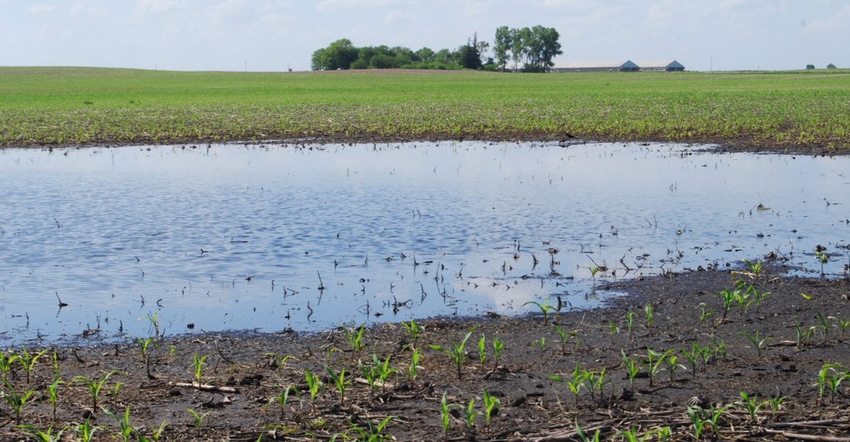September 26, 2019

On Sept. 12, the U.S. Environmental Protection Agency and the U.S. Army Corps of Engineers released a final rule to repeal the embattled 2015 Clean Water Rule, also known as WOTUS (Waters of the United States). The repeal will be effective 60 days after publication in the Federal Register. This repeal finalizes Step 1 of a two-step process the Trump administration began in 2017 to replace the 2015 rule, which has been the subject of court challenges since its inception.
Step 2 will be to finalize a replacement rule. In December, the agencies released a proposed replacement rule, which has generated about 620,000 comments. It is expected the replacement rule will be finalized soon.
2015’s rule defines those waters over which the federal government has Clean Water Act jurisdiction. Section 402 of CWA authorizes EPA to issue permits for discharges of pollutants through a point source, such as certain confined animal feeding operations, into waters of the United States. Section 404 of CWA authorizes the Army Corps of Engineers to issue permits for discharge of dredged or fill material into “navigable waters.”
Landowners must acquire the permits if they want to conduct most any activity on an area determined to be a “wetland.” Most opponents of the 2015 rule argued that it improperly expanded the scope of waters subject to federal regulation.
The rule repealing the 2015 rule reinstates pre-2015 guidance, informed by U.S. Supreme Court decisions, on a nationwide basis until a replacement rule is finalized. Because of ongoing legal challenges, more than half of the states were never subject to the 2015 rule. Pre-2015 rules remained in place because courts had blocked the 2015 rule from going into effect.
However, 22 states were subject to the 2015 rule, establishing a patchwork system where landowners were treated differently depending upon the state in which they lived. The repeal of WOTUS means all U.S. landowners will again be subject to the same definition of jurisdictional waters.
Why EPA repealed 2015’s rule
On Aug. 21, 2019, the U.S. District Court for the Southern District of Georgia became the second federal court to find that 2015’s rule was improperly issued. On May 28, 2019, U.S. District Court for the Southern District of Texas determined that the agencies violated the Administrative Procedure Act when they finalized the 2015 rule.
In the press release accompanying the release of the final repeal rule, the agencies acknowledged these cases and stated that “multiple other federal district courts have preliminarily enjoined the 2015 rule pending a decision on the merits.” “EPA and the Army jointly conclude that multiple substantive and procedural errors warrant a repeal of the 2015 rule.” Specifically, the press release stated that the 2015 rule:
did not implement the legal limits on the scope of the agencies’ authority under CWA as intended by Congress and reflected in Supreme Court cases
failed to adequately recognize, preserve and protect the primary responsibilities and rights of states to manage their own land and water resources
approached the limits of the agencies’ constitutional and statutory authority, absent a clear statement from Congress
suffered from procedural errors and a lack of adequate record support as it relates to the 2015 rule’s distance-based limitations
Although the repeal of the 2015 rule ends the lawsuits challenging its validity, environmental groups have promised to fight the repeal in court.
Tidgren is an attorney and director of the Center for Ag Law and Taxation at Iowa State University. Email [email protected].
About the Author(s)
You May Also Like






